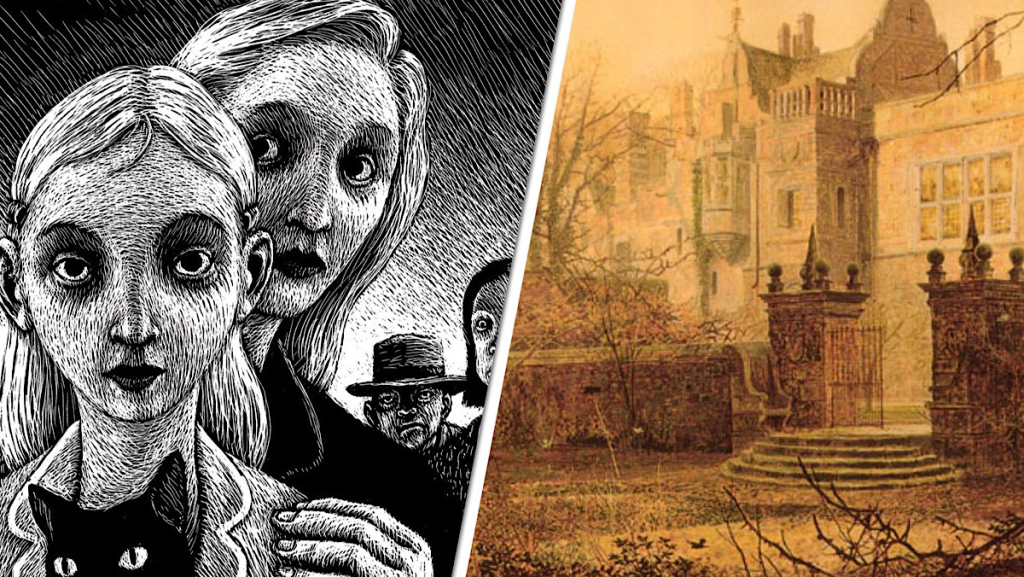This Resource is for students in Year 12 studying ‘Sunset Boulevard’ Film Directed by Billy Wilder in AOS1: Unit 3, Reading & Responding to Texts, Analytical Text Response, in the Victorian VCE 2025-2026 Mainstream English Curriculum
The Year 12 Study Guide for Analytical Texts – Context in Which a Text is Created and Read
Consider the ways in which meaning is affected by the contexts in which a text is created and read. The readers historical context shapes their response to and interpretation of a text. An Analytical text response therefore must demonstrate a close knowledge of the ‘world of the text’ that is the world literally outside the text. The ‘world of the text’ puts emphasis on historical, religious, racial, gender, social values, cultural values, attitudes, and behaviours of the period of time the text is based on.
What does the ‘World of the Text’ Look Like?

America in the 1950’s
Post-war America had entered into a period of unprecedented economic prosperity. It was a time of fiscal growth – driven by a number of factors including the rapidly developing car industry and a housing boom – increased consumerism and employment opportunities. The film industry was booming despite a repressive political climate.
HUAC Committee to Counter Communism
Politically the 1950’s was a deeply conservative decade, dominated by the Cold War and fear of communism. The House Un-American Activities Committee (HUAC) had been established to counter the communist ‘menace’ and intensified its efforts to flush out and vilify those viewed as a threat to the American way of life. A purge ensued that divided and damaged Hollywood. Right wingers testified against friends and colleagues, while directors and actors who were suspected of communist affiliations were targeted by the HUAC and blacklisted. Wilder had experienced Nazi Germany and was opposed to the overreach of the HUAC. He supported Hollywood professionals who had been targeted by the HUAC and refused to endorse the oath of allegiance proposed by the Screen Directors Guild.
Conservative 1950’s Gender Roles
In the 1950’s gender roles were clearly delineated and society was extremely conservative. Women were largely dependent on men, economically and socially. Although Hollywood was one of the few contexts in which women could have careers as actresses, all the power structures in the film were invested in men. Society was patriarchal and this male-dominated hierarchy did not start to change until the late 1960’s with the advent of the feminist movement.
How does the Context of 1950’s America Influence Sunset Boulevard?
The Film Noir Conventions in Sunset Boulevard
- Noir films explore the underbelly of the human experience = Showcases a bleak, nihilistic world of moral corruption and human fallibility. Anti-hero protagonist – Joe Gillis – talented but disillusioned scriptwriter – becomes Norma’s gigolo – toy boy lover bought and sold by aging actress – has the ‘perfect’ Hollywood lifestyle of endless champagne and caviar, expensive clothes, but it’s a cliché he hates it because he has to sell his soul – “The poor dope, he always wanted a pool. Well, he got one but the price turned out to be a little high”.
- Typically gloomy, oppressive settings, shadowy lighting shot in black & white to contribute to the ambience of brooding menace = The darkness of Sunset Boulevard reflected the disenchantment of the times. Pessimism and disillusionment became increasingly present in the American psyche due to the Cold War, the looming threat of atomic war, Communism “Red Scare” all manifested in a collective sense of uncertainty and paranoid behaviour. The corrupt and claustrophobic world of film noir embodied these fears.
- Characters are alienated = Operate in their own bubbles rarely wanting to intersect with the outside world = in particular Norma’s reclusive lifestyle means that she seldom leaves the house, let alone Hollywood – she is tormented by her use by date – we first see Norma in the distance behind blinds with dark sunglasses covering her eyes – hence indicating both her imprisonment within her horror house and her distorted vision of the world outside. Furthermore, Wilder relates the bygone greatness of her glory days in Hollywood to a horror-inspiring confinement to the past and blindness.
- Femme fatale = Norma Desmond – a grandiose dame who emasculates her male victims – juxtaposed with ‘Salome’ Biblical figure who has John the Baptist beheaded. Norma’s cigarette holder with a clip entraps her unsuspecting victims
- The macabre = The chimpanzee’s macabre funeral with Norma grotesquely absorbed in the dead pet with one comic companion turning into one long nightmare for Joe – Joe recounts a disturbing dream of a monkey dancing for pennies – in a Freudian context the film noir element has alarming nightmares – for Joe he is foreshadowing his own dancing for $500 per week entrapped by Norma and his potential death – the paranoia of the 1950’s suggests the doomed ending for people under the threat of the atomic bomb
- Tight concise dialogue = Use of flashbacks & voice over narrative of a dead man – Joe’s dialogue is cynical, disillusioned, and pessimistic – “Just a movie writer with a couple of B pictures to his credit”
- High contrast lighting = Chiaroscuro style lighting using special placement of spotlights – juxtaposition between light and dark – film drenches dramatic moments in atmosphere – emphasises shadow and light to create dramatic tension. The darkness of the film also reflected the disenchantment of the times.










